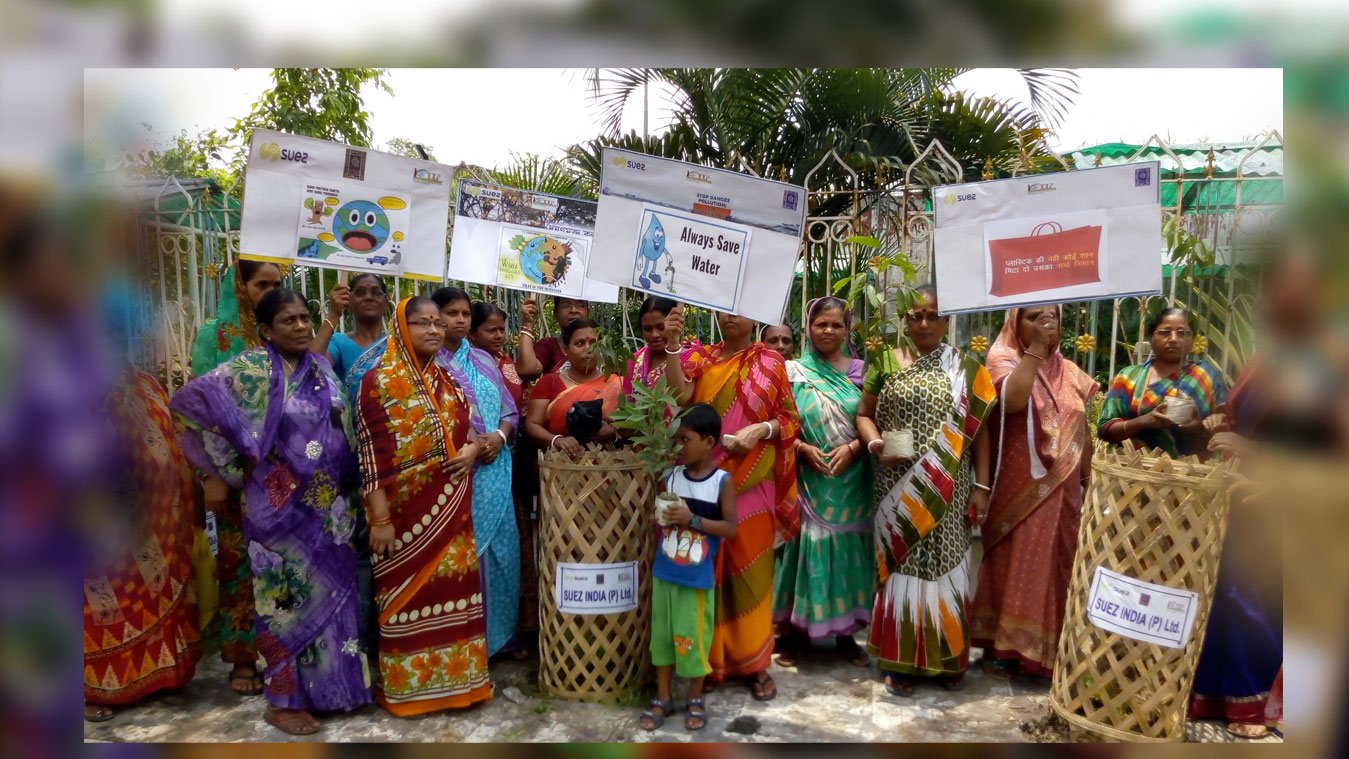The mission
Kolkata Environmental Improvement Investment Programme (KEIIP), an agency of Kolkata Municipal Corporation (KMC), has been working to benchmark services that aim to enhance the quality of urban life and environment for the residents of the city, with state-of-the-art technologies, in a sustainable way. Over the last few years, it has taken several initiatives to ensure 100% coverage of 24-hour water supply in the city, quality water supply, minimize water loss, enhance capacity to bring efficiency in water supply operations, 100% sewage treatment and re-use, among others.
In one of such initiatives, the local authority awarded a performance-based contract to SUEZ in 2016 to improve water distribution and customer services, minimize non-revenue water (NRW), help shift the project area from intermittent to 24/7 supply, and ensure better quality of water to 0.2 million residents in the Cossipore Service Zone consisting of Wards 1 to 6 in Kolkata.
Though the area is supplied with water for 18 hours per day, the pressure isn’t consistent in the entire network, resulting in inequitable distribution of water, with pressure dropping to as low as zero at the tap end of the distribution system. The level of physical losses is too high owing to the deteriorated pipe network (one of the oldest in Kolkata with some pipes around 100 years old), an absence of any advanced leak detection technique (other than visual inspection), etc.
It has been estimated that if the entire distribution network in the zone would be rehabilitated, thereby effectively reducing the water losses up to 30 MLD in public network as well as in private plumbing, the average pressure in distribution will significantly increase. The water saved thus could then be used to improve supply in adjacent areas managed by Kolkata Municipal Corporation (KMC).
Our solution
In the first three years of the six-year Water Loss Management contract, the focus has been to minimize loss, estimated at 50%-60% at the beginning of the project, and transition from intermittent to 24/7 supply. The scope of work in this initial Design & Construction phase involves:
- Replacing or rehabilitating network
- Hydraulic modeling, establishing 19 District Metering Areas (DMAs)
- Detecting leaks through Helium Leak Detection Technique
- Installing/replacing 25,000 House Connections & Domestic meters, Valves, PRV, sluice valves, Flowmeters, SCADA
These activities will be followed by three years of Operation and Maintenance in which SUEZ will work towards:
- Minimizing Non-Revenue Water
- Improve customer services by offering back-end support
- Ensuring faster complaint resolution
- Enabling safe drinking water to the residents
- Managing water distribution efficiently in the Project Area
- Ensuring sustainability of 24/7 water supply
The result
The work has been initiated through a proposed System Improvement Plan (SIP), comprising of 19 District Metered Areas (DMAs) within the Project Area. The DMA approach helps to implement an equitable distribution and management of the water system components with uniform pressure throughout the network area. A SCADA system is being implemented as a monitoring tool and taking necessary measures to improve service delivery.
Some highlights of the work undertaken and completed are as follows:
- Preparation of GIS Base map and integration of consumer data
- Network modeling of all 19 DMAs including trunk mains
- Isolation of all 19 DMAs
- Commissioning of priority DMAs with SCADA
- Rehabilitation of 53 kilometers of network
- Installation of approximately 3000 domestic meters
- Rehabilitation of approximately 1500 House Service Connections
- Complaint Management System
Metering of Households:
An extensive PR campaign was carried out along with the support of KMC to sensitize the beneficiaries of the Project Area on the importance of water conservation and reduction of wastage. Due to plenty of availability of water and in the absence of any changes for piped water supply, water conservation mindset is absent. The challenge remains to bring down the wasteful consumption while simultaneously reducing the physical losses in the pipe networks.
The commissioning of DMA 3 on to the rehabilitation network has shown some initial success to reduce losses from 42% to 15% translating to 2.11 MLD. As more and more DMAs are commissioned, the expected benefits of water saving will be available to serve areas currently water deficient in other parts of the Project Area and the rest of the city.

